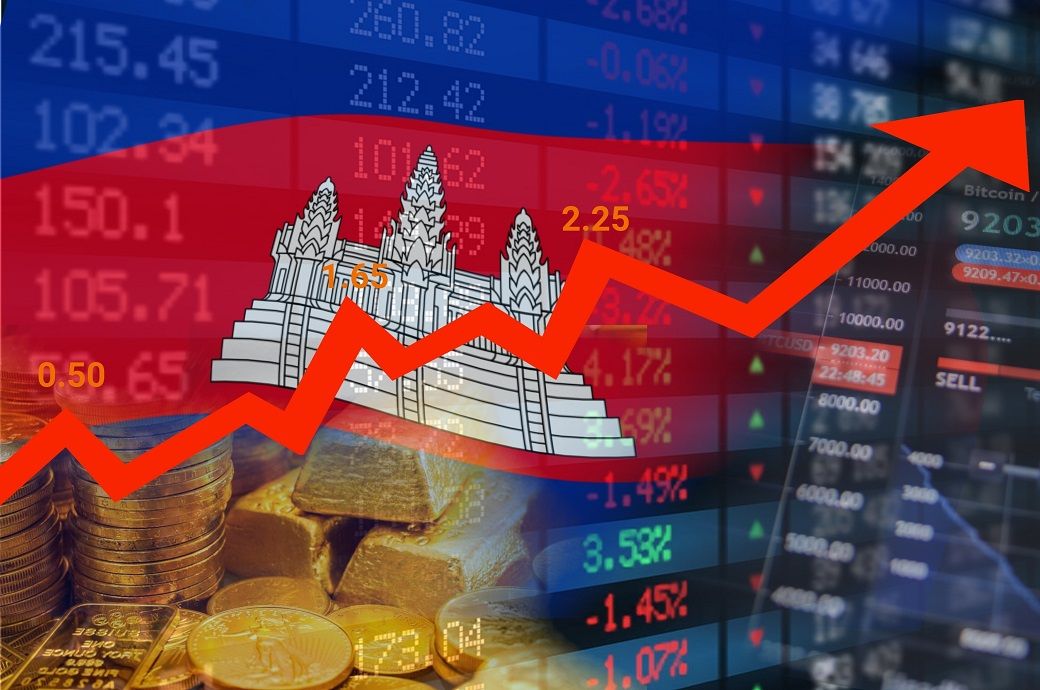
Nevertheless, solid growth is expected through 2026, driven by continued strength in the industrial sector and steady inflows of foreign direct investment, ADB said in a press release.
“The economy has shown resilience in the first half of 2025,” said Jyotsana Varma ADB country director for Cambodia. “Lower-than-expected food price increases and declining fuel costs helped ease inflation, while industrial activity remained robust. Looking ahead, there is scope for continued recovery in the construction and tourism sectors, alongside steady growth in agriculture, which together point to a more balanced and sustainable expansion.”
The Asian Development Bank has lowered Cambodia’s growth forecast to 4.9 per cent for 2025 and 5 per cent for 2026, citing geopolitical tensions with Thailand and US trade uncertainty.
Growth remains driven by industry and foreign investment.
Garment exports rose 22.2 per cent in early 2025 as US buyers stocked up ahead of possible tariff hikes.
Inflation dropped to 1.6 per cent in June.
Year-over-year (YoY) inflation for Cambodia declined sharply from 6 per cent in January to 1.6 per cent in June, according to ADB’s flagship economic report titled, ‘Asian Development Outlook (ADO) September 2025’. Inflation is expected to average around 2 per cent in 2025 and 2026.
Industry continues to be the main growth engine. Garment exports surged 22.2 per cent YoY in the first half of 2025, partly due to US buyers stocking up in anticipation of higher tariffs on Cambodian imports. Despite cautious sentiment among importers stemming from trade policy uncertainty, the garment and non-garment manufacturing sectors are expected to remain strong, supported by a relatively favourable 19 per cent US tariff rate.
Fibre2Fashion News Desk (SG)




